Home>Garden Essentials>How To Keep Dogs Out Of Landscaping
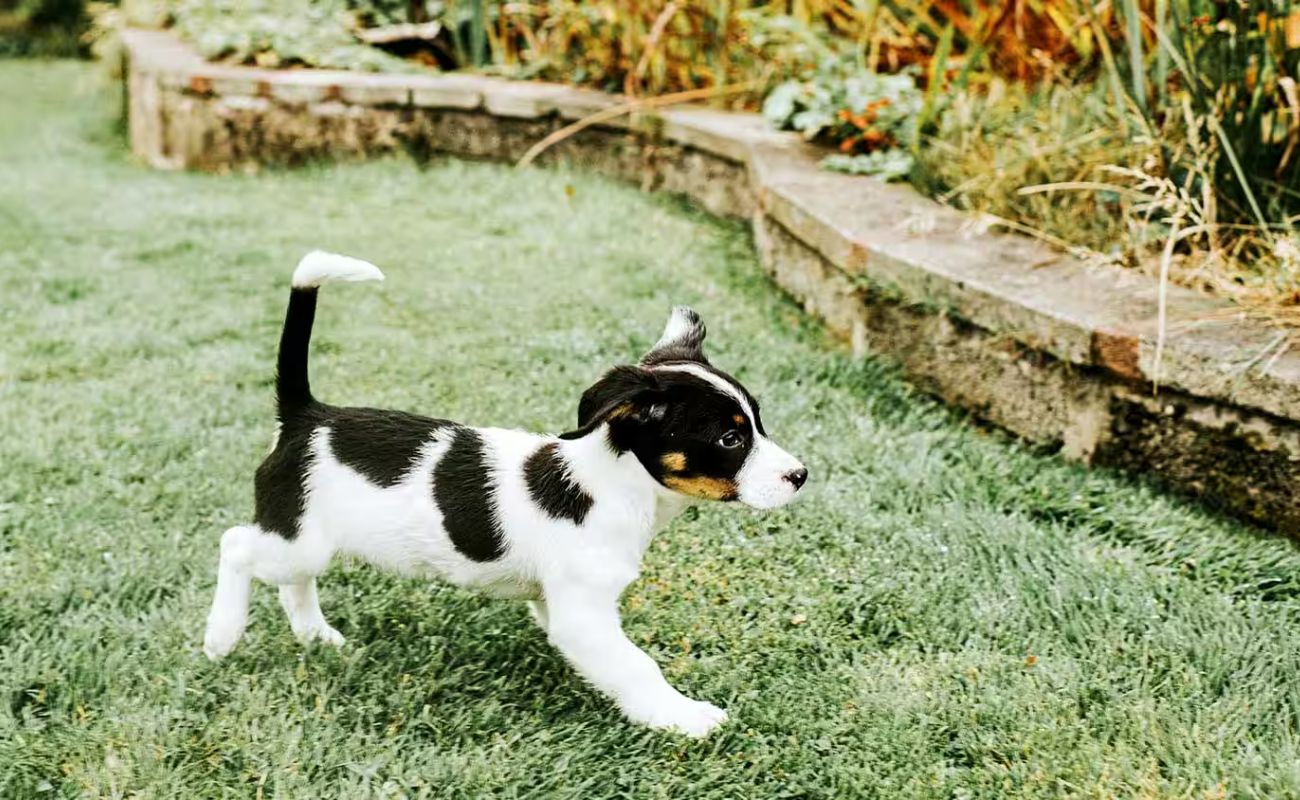

Garden Essentials
How To Keep Dogs Out Of Landscaping
Modified: March 7, 2024
Learn effective ways to keep dogs out of your landscaping with these 10 simple and practical garden-friendly strategies. Protect your beautiful garden today!
(Many of the links in this article redirect to a specific reviewed product. Your purchase of these products through affiliate links helps to generate commission for Storables.com, at no extra cost. Learn more)
Introduction
Welcome to the wonderful world of gardening! Whether you are a seasoned green thumb or just beginning to explore the joys of cultivating your own garden, there is something truly special about nurturing plants and transforming outdoor spaces into beautiful sanctuaries. However, one common issue that many gardeners face is keeping dogs out of their landscaping. Yes, those adorable furry friends can wreak havoc on your carefully curated garden beds and perfectly trimmed lawns.
While dogs bring joy and companionship to our lives, they also have a natural inclination to explore and dig, which can lead to some frustrating moments for garden owners. Fortunately, with a little bit of understanding and some strategic planning, you can create a dog-friendly garden space while still preserving the beauty of your landscaping.
In this article, we will explore various methods and techniques to keep dogs out of your landscaping. From establishing physical barriers to using repellents and implementing behavioral training, we will cover a range of strategies that can help maintain the integrity of your garden and provide a peaceful coexistence with your four-legged friends.
So, whether you are tired of finding uprooted plants or being greeted with muddy paw prints on your patio, read on to discover effective solutions to keep dogs out of your landscaping and create a harmonious environment for both your furry pals and your garden.
Key Takeaways:
- Keep dogs out of your garden by using fences, repellents, and training. Understand their behavior and create a dog-friendly space while protecting your plants.
- Use physical barriers, repellents, and behavioral training to maintain a beautiful garden and a happy, well-behaved dog. Seek professional help if needed.
Read more: How To Keep A Dog Out Of A Garden
Understanding the Problem
Before we dive into the various solutions, it is important to first understand why dogs are attracted to your landscaping and what drives their behavior. Dogs are naturally curious creatures, and your garden might offer them a variety of appealing elements. Here are a few reasons why dogs may be drawn to your landscaping:
- Scent: Dogs have an exceptional sense of smell, and they can be lured by the enticing scents of plants, flowers, and soil in your garden.
- Exploration: Dogs are naturally curious and love to explore new environments. They may see your garden as an exciting place to investigate and discover new smells, sights, and textures.
- Digging: Many dog breeds have an instinctual urge to dig. Your garden, with its soft soil, can be a tempting playground for them to satisfy this natural behavior.
- Marking territory: Male dogs, in particular, may feel the need to mark their territory by urinating on specific spots in your garden, potentially causing damage to plants.
- Chasing wildlife: If you have birds, squirrels, or other small critters frequenting your garden, your dog may be driven to chase them, often resulting in trampled plants.
Understanding these underlying reasons behind your dog’s behavior will help you implement the most effective strategies to keep them out of your landscaping. By addressing the root causes, you can create a garden that is less attractive to your furry friends and minimize the potential damage they may cause.
Identifying the Attraction
Now that you have a better understanding of why dogs are drawn to your landscaping, it’s important to identify the specific elements that are attracting them. By pinpointing these attractions, you can take targeted measures to discourage them from entering your garden. Here are some common attractions for dogs:
- Plants and flowers: Dogs may be attracted to certain plants or flowers in your garden due to their scent or taste. Some plants, like lilies or daffodils, can be toxic to dogs, while others may simply be irresistible to their curious nature. Take note of any particular plants that always seem to catch your dog’s attention.
- Compost: If you have a compost pile or bin in your garden, it can be a magnet for dogs. The decomposition process creates an interesting aroma that can attract them.
- Water features: Ponds, fountains, or even bird baths can be a source of fascination for dogs. They may be tempted to splash around or drink from these water sources.
- Wildlife: Dogs love to chase and sometimes harass small animals that venture into your garden. If you have frequent visitors like squirrels, rabbits, or birds, your dog may see your garden as an enticing hunting ground.
- Comfortable spots: Dogs seek out comfortable spots to relax, and your well-maintained lawn or a cozy garden bed may be the perfect spot for them to rest and enjoy the outdoors.
By carefully observing your dog’s behavior in the garden, you can identify the specific attractions that draw them in. This knowledge will help you develop strategies to minimize their interest and redirect their attention to more appropriate areas.
Remember, every dog is unique, and what may attract one dog may not necessarily appeal to another. By understanding your dog’s preferences, you can tailor your approach to effectively keep them out of your landscaping.
Creating Physical Barriers
One of the most effective ways to keep dogs out of your landscaping is to create physical barriers that prevent them from accessing certain areas. These barriers act as a deterrent and can help protect your plants and keep your garden intact. Here are some options to consider:
- Fencing: Installing a fence is a reliable and visually appealing way to keep dogs out. Opt for a sturdy fence that is tall enough to prevent them from jumping over. Make sure the gaps between the fence posts are small enough to prevent your dog from squeezing through. You can choose from various materials such as wood, vinyl, or metal, depending on your preferences and budget.
- Garden borders: Creating physical borders around your garden beds using materials like rocks, stones, or decorative edging can help discourage dogs from entering these areas. They act as a visible boundary and make it more difficult for dogs to dig or trample your plants.
- Plant barriers: Use plants strategically to create natural barriers. Choose thorny or prickly plants like roses, holly bushes, or cacti to discourage dogs from approaching certain areas of your garden. However, be cautious when selecting plants, as some may be toxic to dogs if ingested.
- Netting/Chicken wire: If you have specific areas where dogs tend to dig, such as around trees or flower beds, you can use netting or chicken wire to cover the soil. Secure the material tightly to discourage digging and protect your plants’ root systems.
When implementing physical barriers, it’s important to consider both functionality and aesthetics. Choose options that blend well with your garden’s overall design and create a barrier that is effective without compromising the visual appeal of your landscaping.
Keep in mind that physical barriers are not foolproof, especially for determined or athletic dogs. They may find ways to bypass or overcome these obstacles. However, combining physical barriers with other preventive measures can significantly reduce the likelihood of your dog accessing restricted areas of your garden.
Utilizing Repellents
Another effective strategy to keep dogs out of your landscaping is to utilize repellents. These products emit odors or create sensations that dogs find unpleasant, deterring them from entering or damaging your garden. Here are some types of repellents you can consider:
- Natural repellents: Certain scents are known to be unappealing to dogs. Natural repellents like citrus peels, vinegar, or diluted essential oils can be sprayed or scattered around your garden to discourage dogs from entering. Be cautious with essential oils, as some can be toxic to dogs if ingested in large quantities.
- Commercial repellents: There are many commercially available dog repellent products on the market. These products usually contain a combination of natural ingredients or synthetic chemicals that create an odor or taste deterrent for dogs. Follow the instructions provided on the product label for safe and effective use.
- Water repellents: Dogs are generally not fond of getting wet. Utilize motion-activated sprinklers or water deterrent devices to startle dogs and discourage them from venturing into your garden. These devices are triggered by motion or sound, providing a harmless but unexpected water spray that dogs will want to avoid.
When using repellents, it’s important to consider the safety of both your plants and your pets. Some repellents may be harmful if ingested by plants or if dogs come into direct contact with them. Always read and follow the instructions provided by the manufacturer, and choose products that are specifically labeled as safe for use in gardens.
Remember that repellents might not work for every dog, as some dogs may have a higher tolerance or different sensory preferences. It may be necessary to try different repellents or combination approaches to find the most effective solution for your garden.
A combination of physical barriers and repellents can greatly reduce the likelihood of dogs entering your landscaping. By making your garden less appealing and more unpleasant for dogs, you can create an environment that encourages them to explore other areas while preserving the beauty of your outdoor space.
Create physical barriers such as fences or hedges to keep dogs out of landscaping. Use natural deterrents like citrus peels or vinegar to discourage them from digging or urinating in the area.
Read more: How To Keep A Dog Out Of A Garden Bed
Implementing Behavioral Training
In addition to physical barriers and repellents, implementing behavioral training techniques can help teach your dog to respect the boundaries of your landscaping. By providing consistent guidance and positive reinforcement, you can redirect their behavior and discourage unwanted actions. Here are some training strategies you can employ:
- Basic obedience training: Teaching your dog basic commands like “sit,” “stay,” and “leave it” can be crucial in controlling their behavior in the garden. By training them to respond to these commands, you can redirect their attention away from plants, digging, or other destructive behaviors.
- Positive reinforcement: Rewarding your dog for good behavior can be highly effective in reinforcing positive habits. When your dog avoids entering restricted areas or refrains from digging, offer praise, treats, or playtime to reinforce their actions.
- Redirecting their energy: Dogs have a lot of energy to burn, so it’s important to provide alternative outlets for their mental and physical stimulation. Ensure they have designated play areas or toys that keep them entertained and engaged. By channeling their energy elsewhere, they are less likely to focus on your garden.
- Consistency and repetition: For behavioral training to be successful, consistency is key. Make sure all family members understand and enforce the same rules for your dog’s behavior in the garden. Repetition and reinforcement of desired behaviors will help solidify the training and make it more effective in the long run.
It’s important to note that behavioral training takes time and patience. Dogs learn at different paces, so be patient and consistent in your approach. Remember to always use positive reinforcement techniques and avoid harsh punishment, which can lead to fear or aggression.
Consider enrolling your dog in obedience classes or consulting with a professional dog trainer if you’re struggling with behavioral issues. They can provide expert guidance tailored to your dog’s specific needs and help you overcome any challenges you may encounter.
By combining physical barriers, repellents, and behavioral training, you can help your dog understand the boundaries of your landscaping and enjoy a peaceful coexistence between your garden and your furry friend.
Establishing Boundaries with Fencing
If you are looking for a comprehensive solution to keep dogs out of your landscaping, establishing boundaries with fencing is a tried and true method. A well-designed fence not only serves as a physical barrier, but it also sets clear boundaries for your dog and helps maintain the integrity of your garden. Here are some key considerations when it comes to using fencing to keep dogs out:
- Fence height: The height of your fence is crucial in preventing dogs from jumping over and accessing your garden. Consider your dog’s size, breed, and jumping ability when determining the appropriate height. Generally, a fence height of at least 4 to 6 feet is recommended to deter most dogs.
- Material selection: Choose a fence material that is sturdy, durable, and aesthetically pleasing. Common options include wood, vinyl, metal, or composite materials. Each material has its advantages and considerations, so make sure to research and select the one that best suits your needs.
- Secure foundation: Dogs may try to dig their way under the fence, so it’s important to ensure a secure foundation. Consider extending the fence below ground level or installing a concrete base to prevent dogs from digging under and accessing your garden.
- Spacing between panels: Pay attention to the spacing between fence panels or pickets to ensure that dogs cannot squeeze through or get stuck. Ensure that the gaps are small enough to prevent any escape attempts.
- Gates and latches: Properly designed gates with secure latches are crucial to maintain the integrity of the fence. Choose latches that are not easily opened by dogs and make sure gates are closed and locked when not in use to prevent any accidental escapes.
When installing a fence, it’s essential to check local regulations and obtain any necessary permits. Consult with professionals or follow appropriate guidelines to install the fence correctly and in compliance with local regulations.
While fencing can be an effective solution, it is important to remember that no barrier is completely foolproof. Some dogs may try to dig under, climb over, or find other ways to bypass the fence. Therefore, it’s advisable to combine fencing with other preventive measures such as training and repellents for maximum effectiveness.
By establishing clear boundaries with a well-designed fence, you can create a secure and dog-free area within your garden, allowing your plants to thrive while giving you peace of mind.
Seeking Professional Help
If you have tried various methods to keep dogs out of your landscaping and are still experiencing challenges, it may be time to seek professional help. Consulting with experts in the field can provide you with tailored solutions and guidance to address your specific situation. Here are some professionals you can turn to:
- Professional dog trainers: Trainers with experience in behavior modification and obedience training can assess your dog’s behavior and help develop a training plan tailored to your garden. They can provide hands-on guidance and teach you techniques to redirect your dog’s attention away from your landscaping.
- Landscape designers: Consulting with a landscape designer or architect who specializes in pet-friendly outdoor spaces can be invaluable. They can help you design a garden layout that incorporates dog-friendly areas while minimizing the risk of damage to your landscaping. They may suggest features like designated play zones or the use of durable, pet-friendly plants.
- Animal behaviorists: If your dog’s behavior is complex or challenging, an animal behaviorist can be consulted. These experts have a deep understanding of animal behavior and can offer insight into the underlying reasons behind your dog’s actions. They can develop a behavior modification plan specifically tailored to your dog’s needs.
- Veterinarians: Your veterinarian can be a valuable resource in addressing behavioral issues. They can examine your dog to rule out any underlying health problems that may be contributing to their behavior. They can also provide advice on calming techniques, medication options, or other behavioral interventions if necessary.
Professional help can provide you with the expertise and guidance needed to overcome challenges with keeping dogs out of your landscaping. They can offer specialized solutions that take into account your dog’s specific temperament, behavior patterns, and your garden’s unique characteristics.
Remember, seeking professional help does not signify a failure on your part. It shows your commitment to finding the best possible solution for both your dog and your garden.
A professional’s guidance, combined with your commitment and effort, can go a long way in ensuring a harmonious coexistence between your beloved canine companion and your beautiful outdoor space.
Conclusion
Keeping dogs out of your landscaping can be a challenging task, but with the right strategies and a bit of patience, you can create a harmonious environment where your garden and furry friends can coexist. By understanding the reasons behind your dog’s behavior, identifying attractions in your garden, and implementing effective measures, you can minimize damage to your landscaping and create a peaceful outdoor space.
Physical barriers such as fencing, garden borders, and plant choices can deter dogs from accessing restricted areas. Utilizing repellents, whether natural or commercial, can make your garden less appealing to dogs and help redirect their attention elsewhere. Through consistent behavioral training and positive reinforcement, you can teach your dog to respect the boundaries of your landscaping and develop desirable habits.
In some cases, seeking professional help from dog trainers, landscape designers, animal behaviorists, or veterinarians may be necessary to address specific challenges and find tailored solutions. They can provide expert guidance and support to ensure a successful outcome.
Remember, no method is guaranteed to work for every dog, as they have different temperaments and preferences. It may require a combination of approaches and a bit of trial and error to find the best solution for your situation.
Ultimately, maintaining a beautiful garden while keeping dogs out requires a balance between providing a safe and engaging environment for your pets and preserving the beauty and integrity of your landscaping. With patience, perseverance, and a little help, you can create a garden oasis where both you and your furry friends can enjoy the great outdoors.
So go ahead, put your green thumb to work, and create a garden that brings you joy, while keeping your four-legged pals at bay!
Frequently Asked Questions about How To Keep Dogs Out Of Landscaping
Was this page helpful?
At Storables.com, we guarantee accurate and reliable information. Our content, validated by Expert Board Contributors, is crafted following stringent Editorial Policies. We're committed to providing you with well-researched, expert-backed insights for all your informational needs.
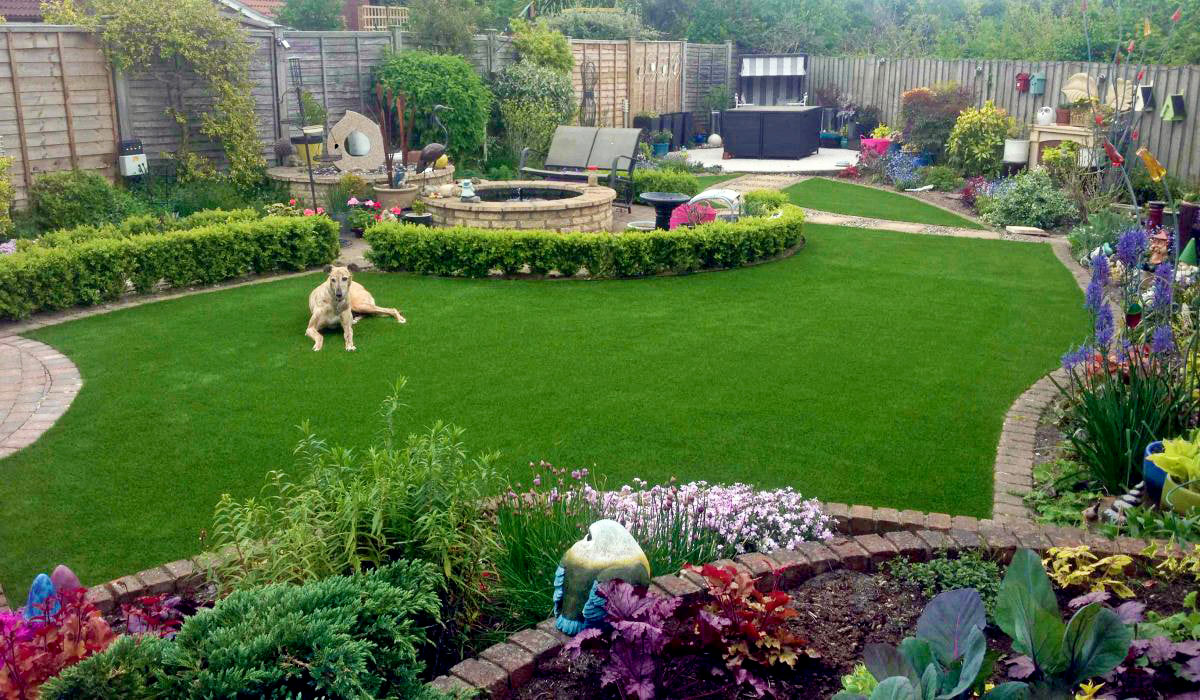
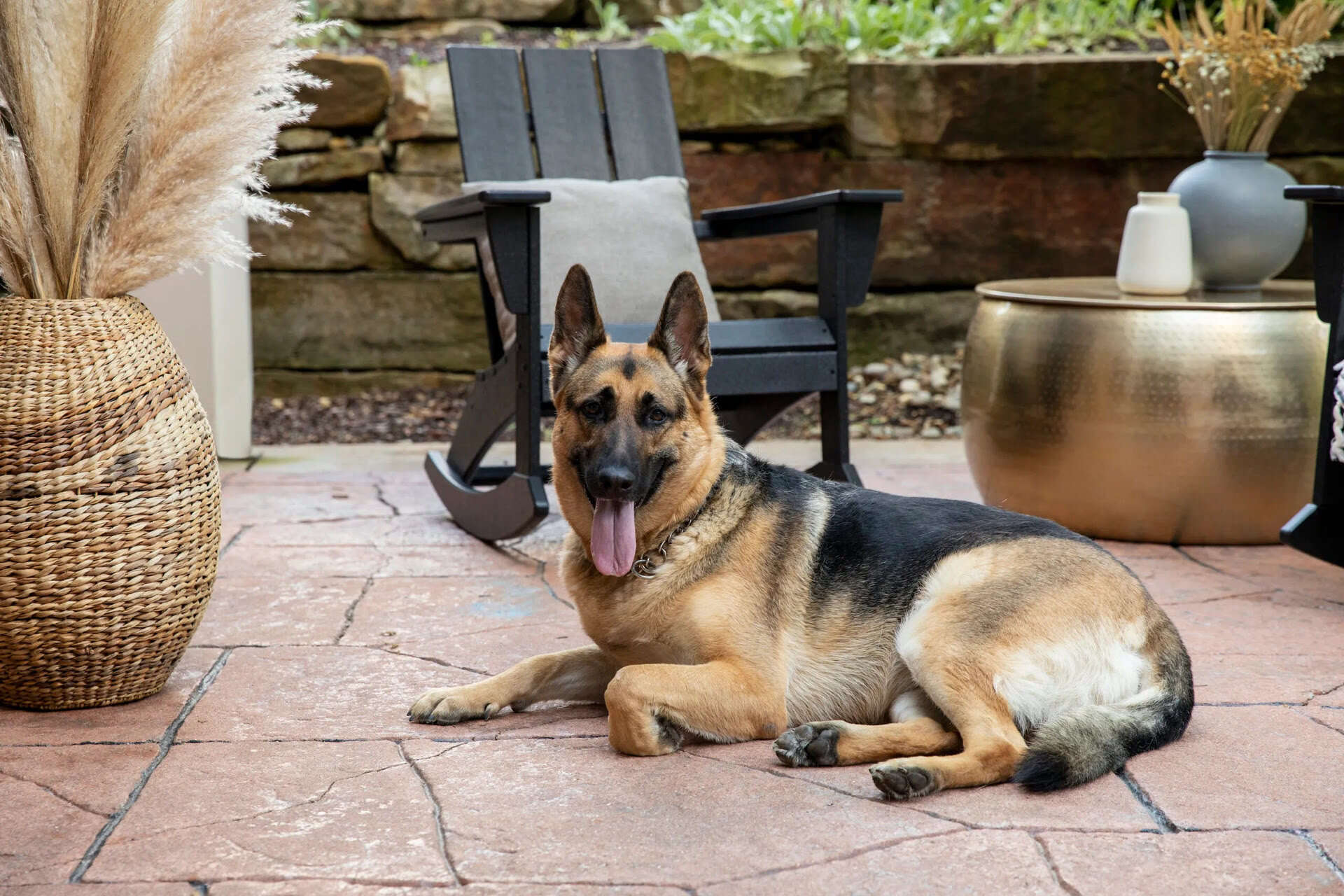
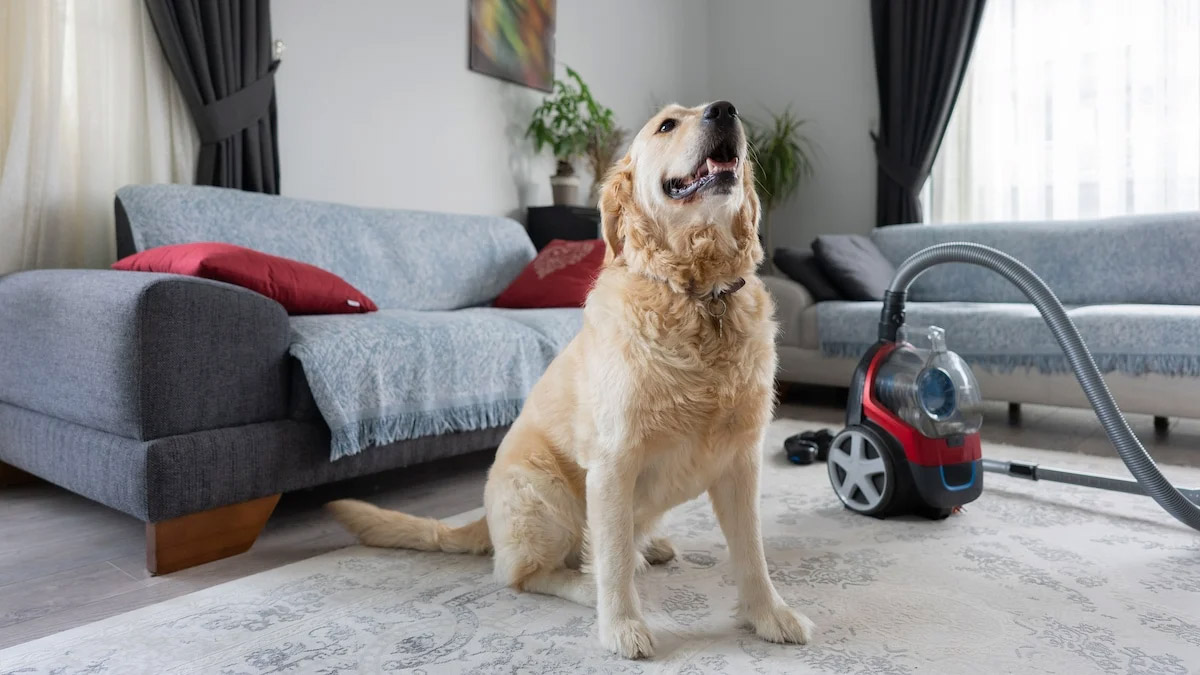

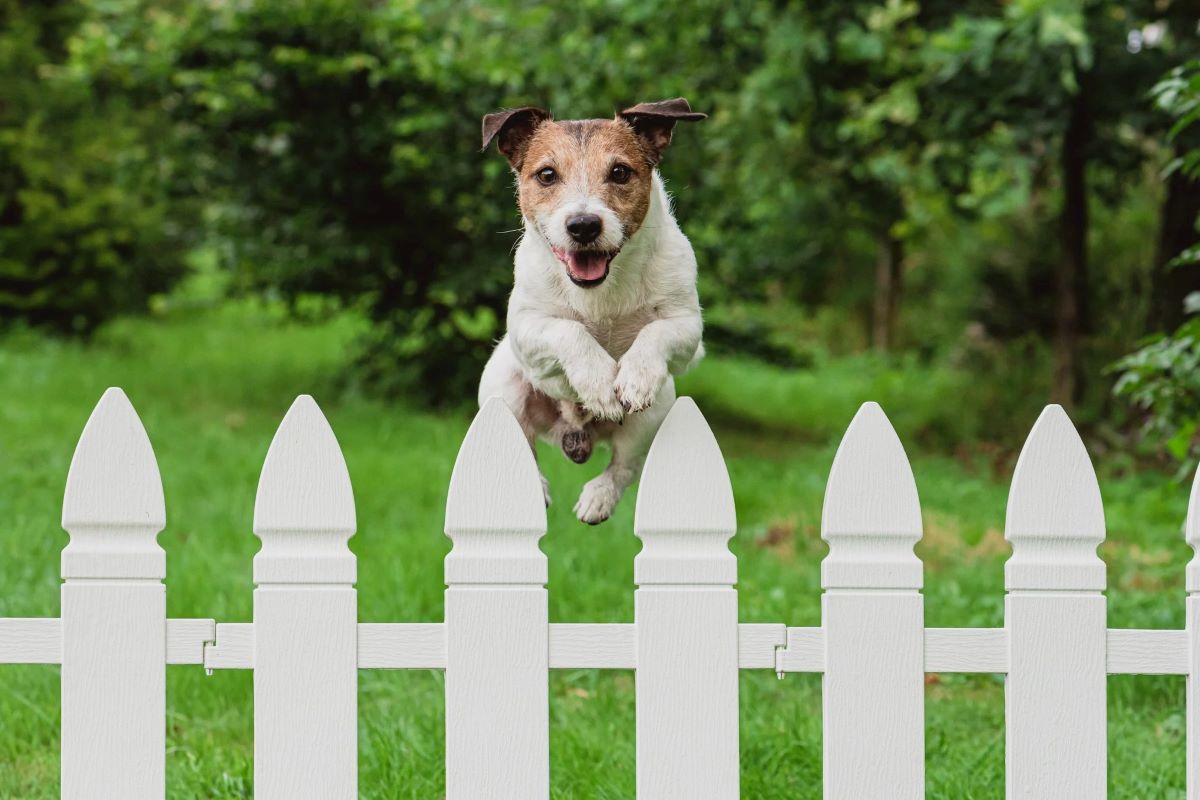

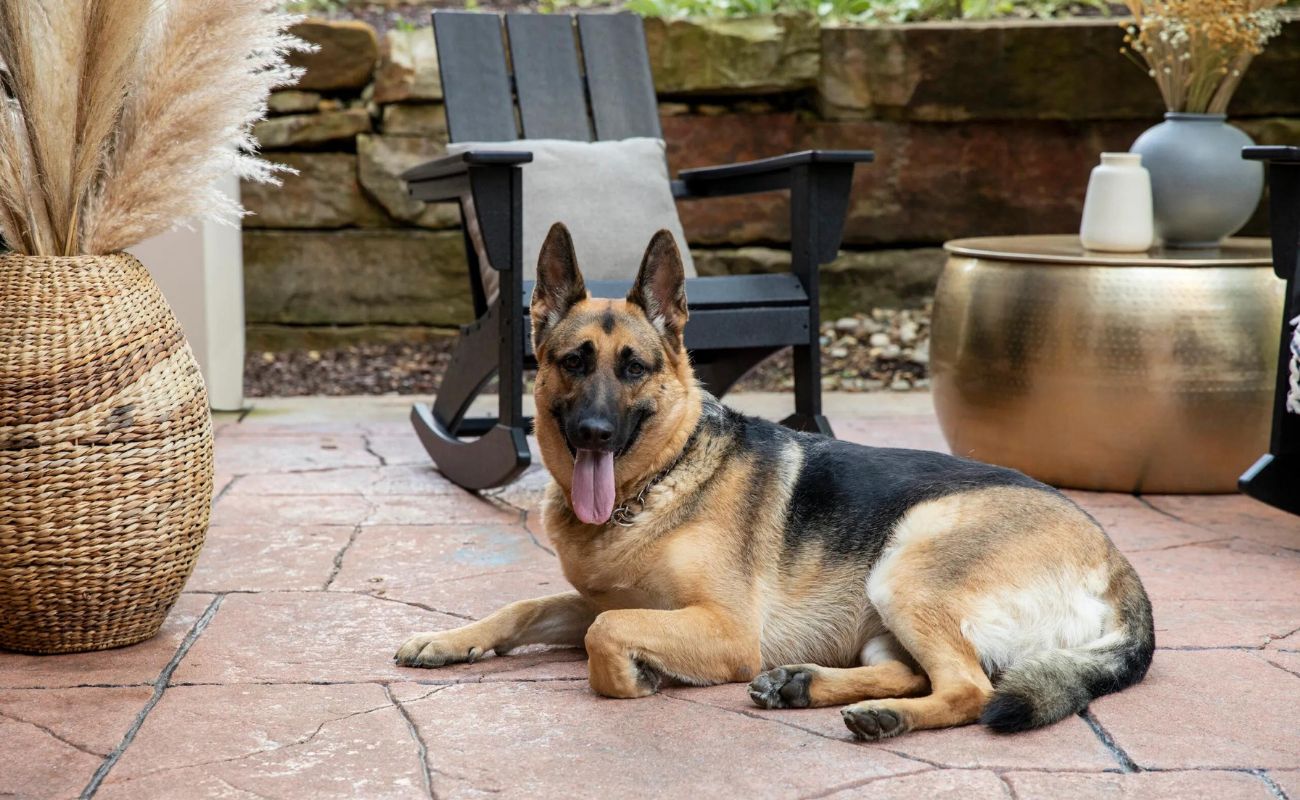

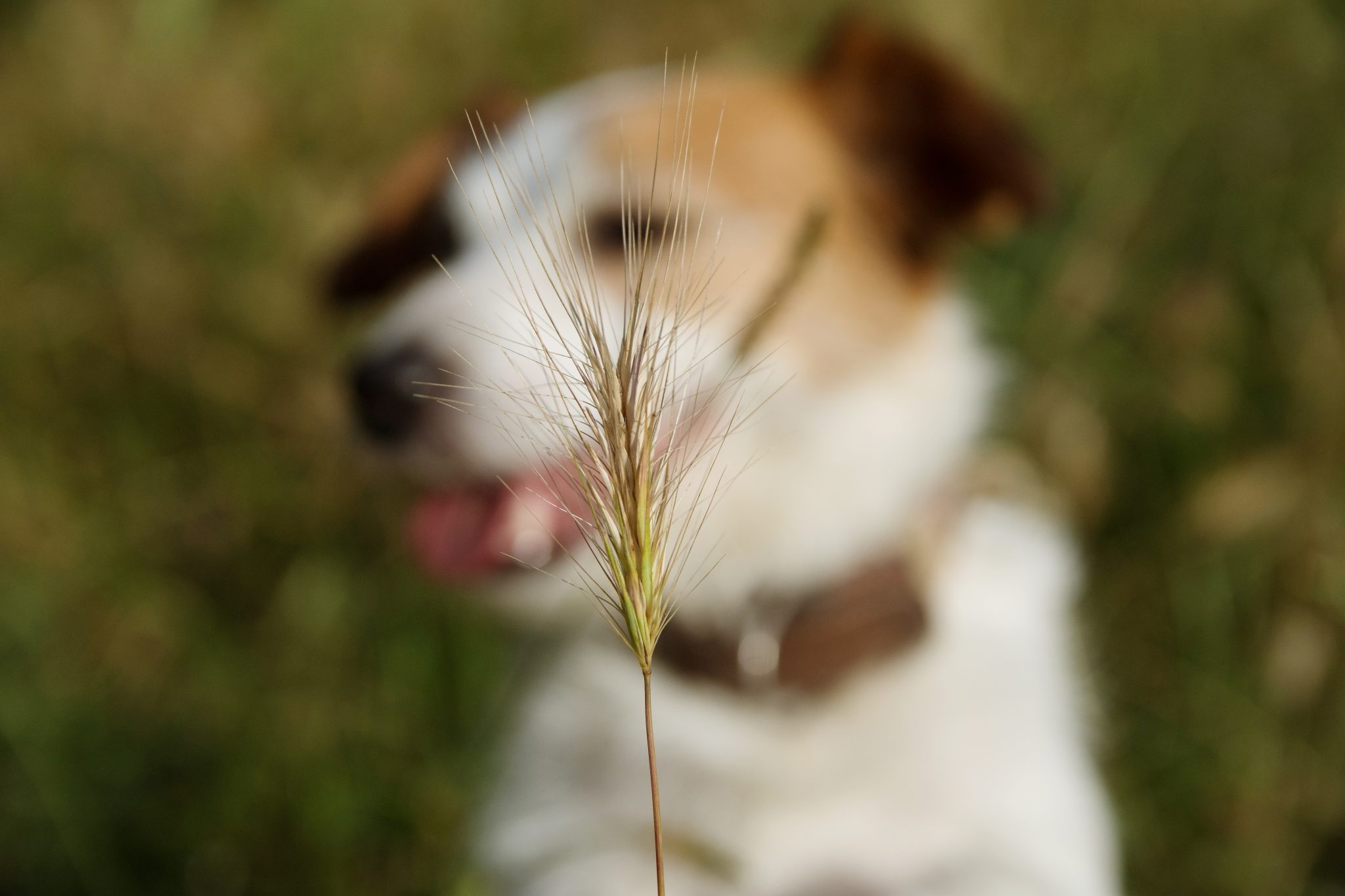
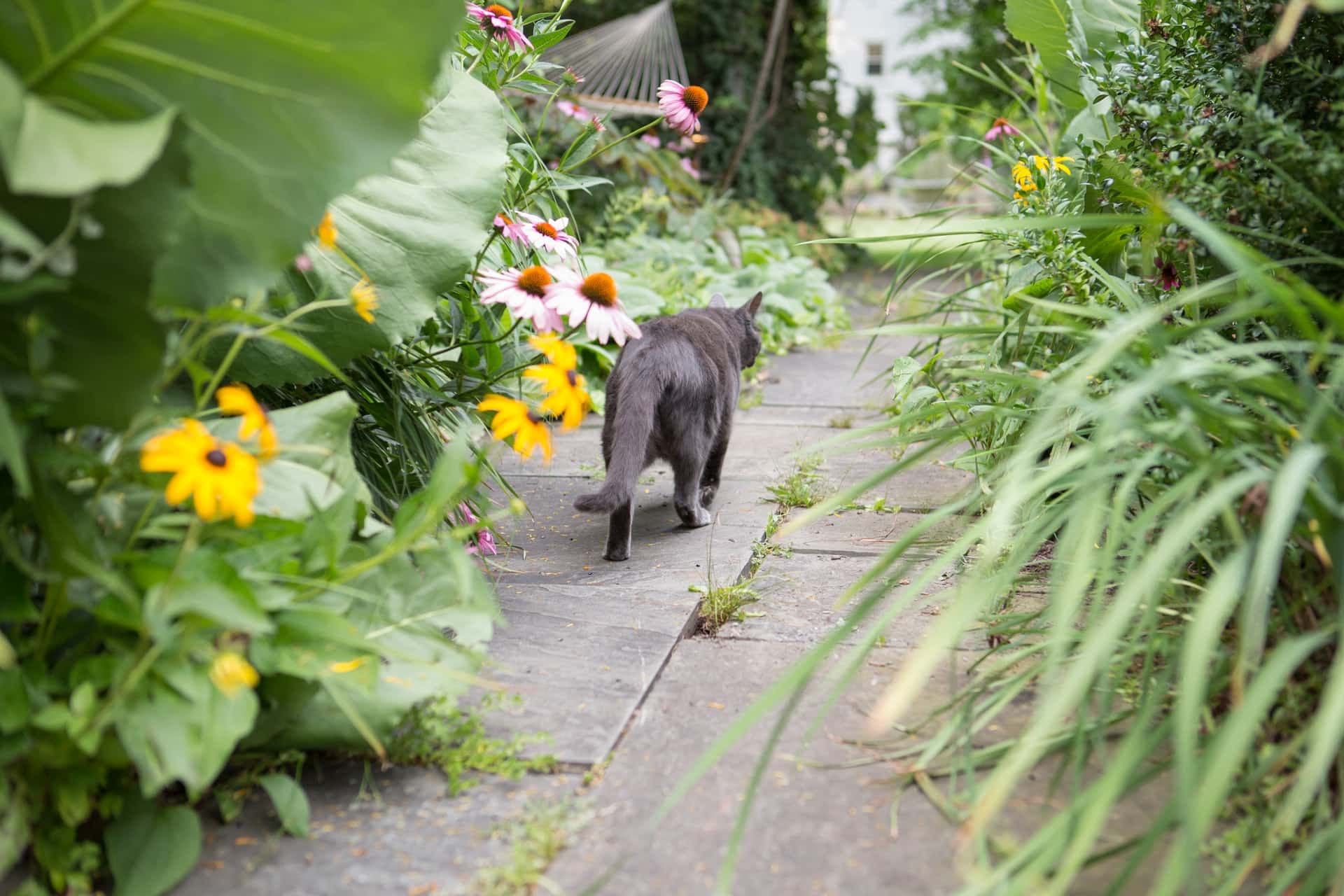
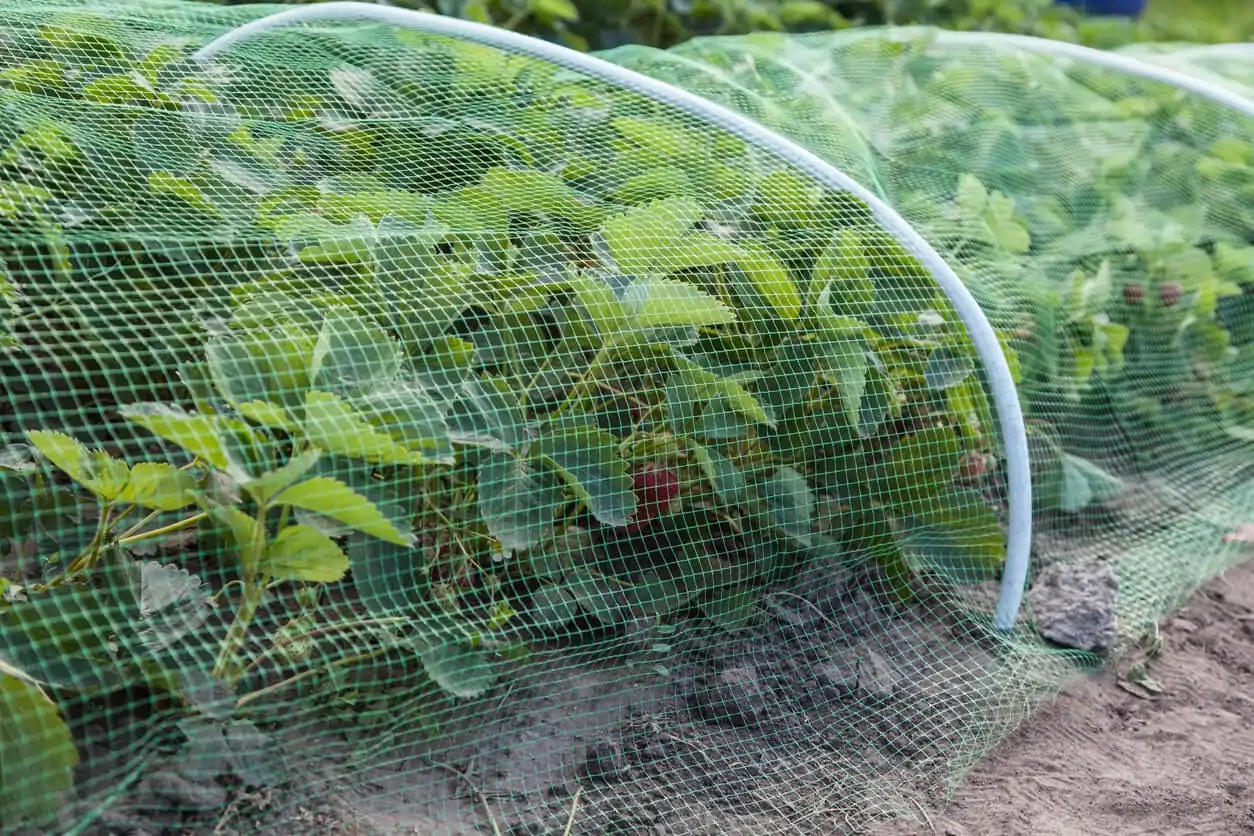
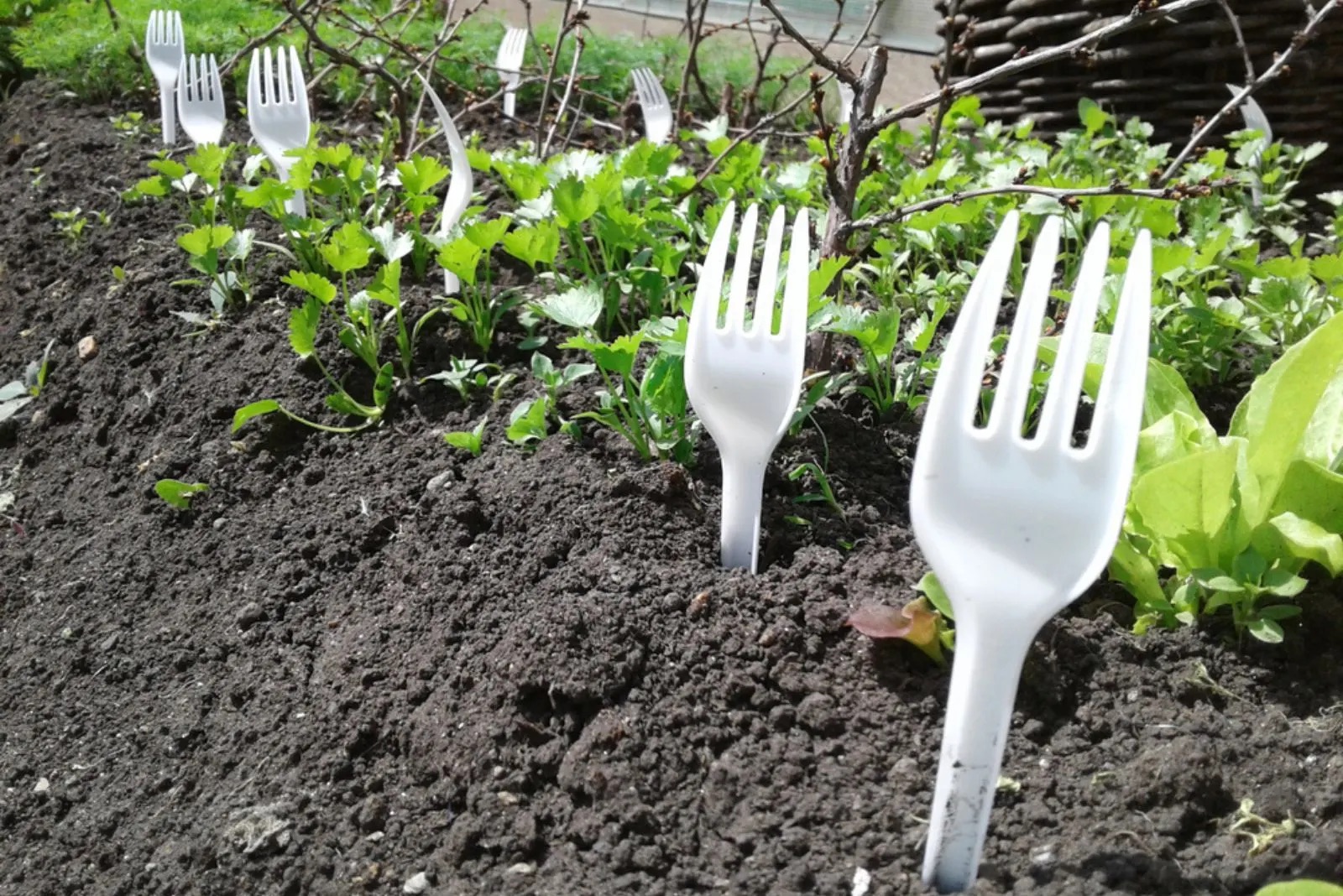
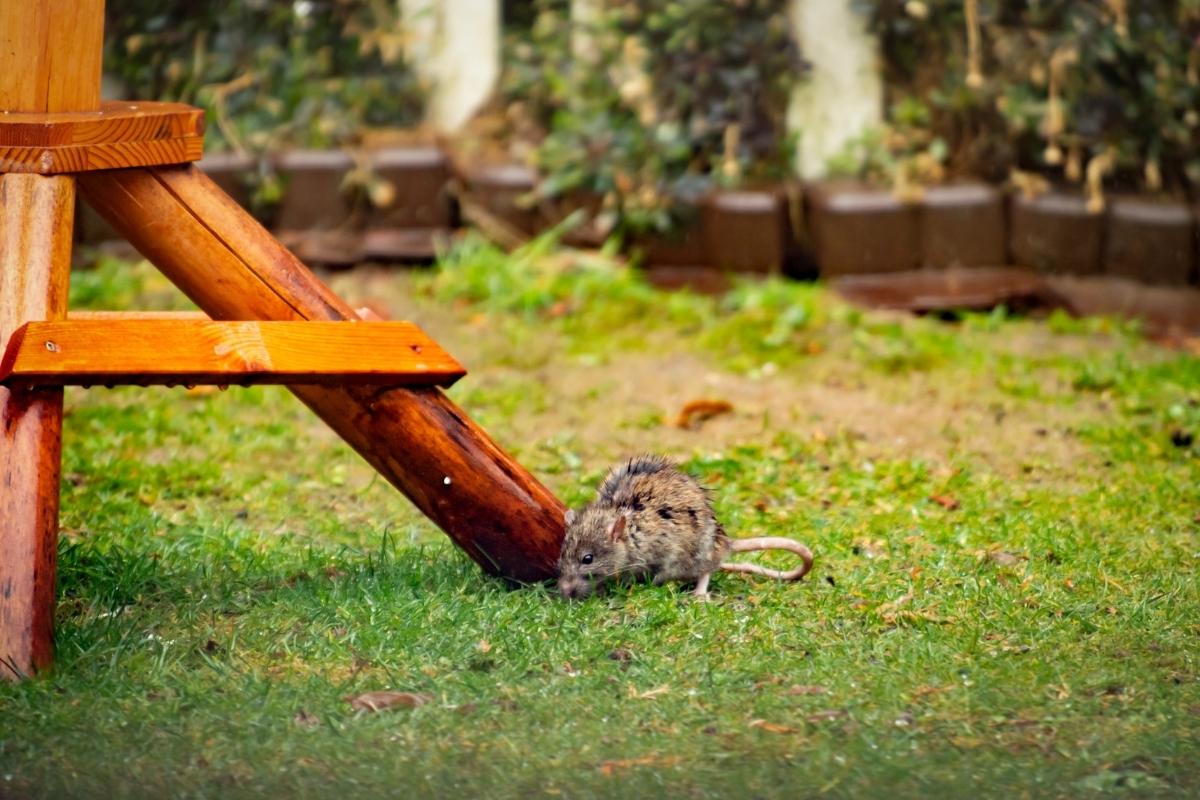


0 thoughts on “How To Keep Dogs Out Of Landscaping”